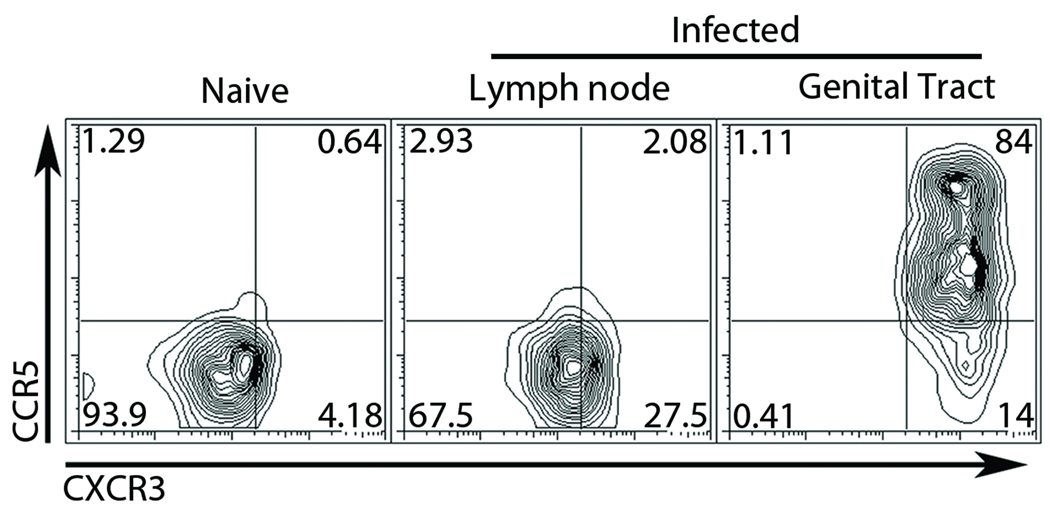Figure 3. CXCR3 and CCR5 are upregulated on the surface of antigen specific CD4+ T cells in a stepwise fashion following C. trachomatis infection.
Wild-type CD90.1 Chlamydia specific CD4+ T cells were transferred intravenously into CD90.2 hosts. Mice were challenged in the genital tract with C. trachomatis the following day. Seven days after infection the tissues were isolated and analyzed by flow cytometry. Chlamydia antigen specific cells were identified by CD4+CD90.1+ gating and assessed for surface expression of CXCR3 and CCR5 Shown is a representative plot from three independent experiments.

